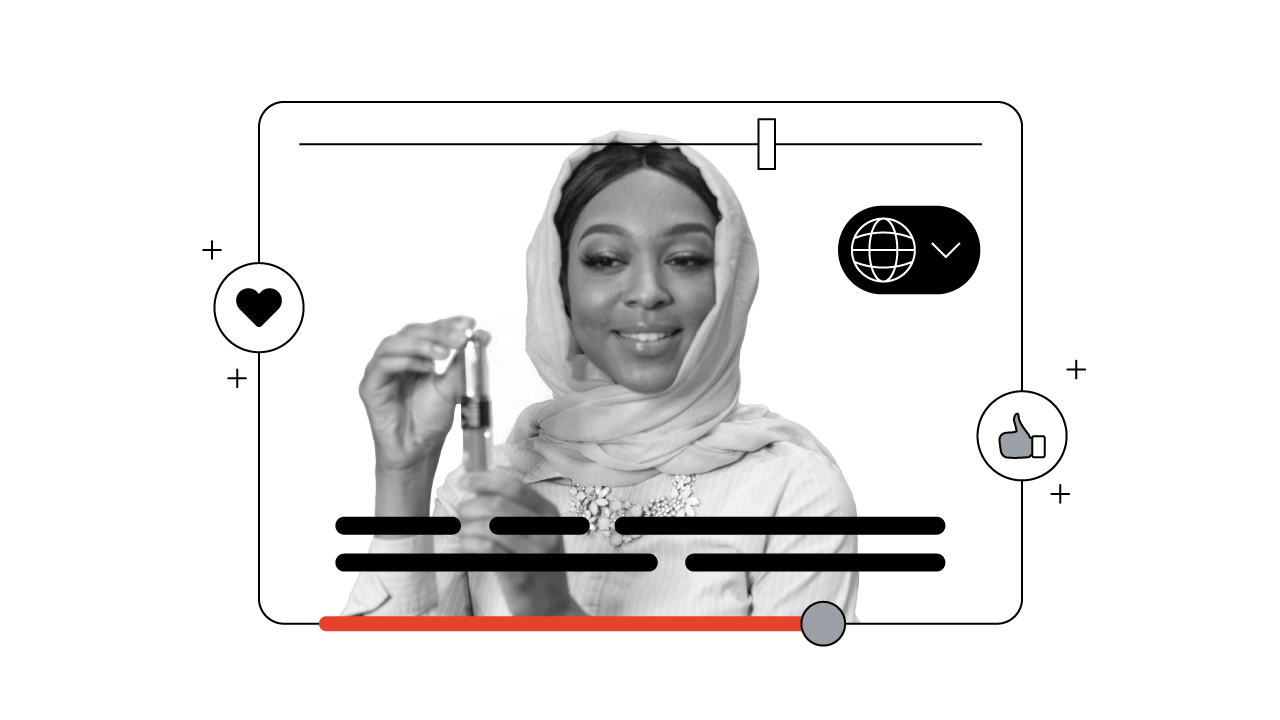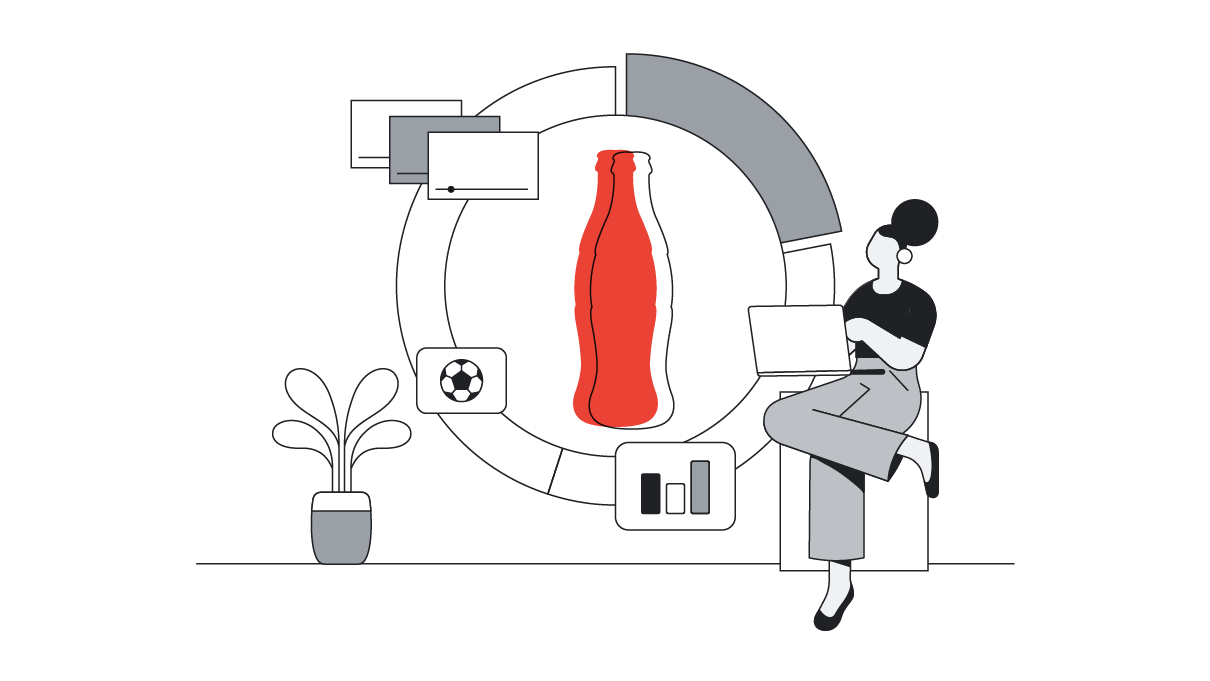The expression “the customer is king” might date back to the 1930s but it’s never been more relevant than today. After all, if someone isn’t happy with the experience, product or price a company offers, endless other options are just a click away.
So how can brands meet these rising customer expectations? We spoke to marketing leaders to find out.
1. Deliver personalised experiences
Not that long ago, brands could get away with blasting the same ads at different people, regardless of their individual tastes and preferences. But today, customers want something more personal. For example, 63% of people expect brands to use their purchase history to provide them with personalised experiences.1
That’s something Jeremy Hull, the VP of innovation at iProspect, a digital performance marketing agency, told us he’s noticed. “It used to be about just waving and saying, ‘Hi, I’m here, here’s my generic pitch’. But now brands have to be much more personalised and thoughtful in their responses.”
2. Provide a seamless path to purchase
Customers constantly move across different platforms. For example, our research found that 80% of people say they typically switch between online search and video when researching products to buy.2 To meet growing customer expectations, then, brands have to create a seamless experience across all these channels.
“I call it fingertips or footsteps. Whether or not a customer is walking in the store or shopping online or using a voice-activated speaker… we have to bring our A-game to all those channels,” explains Jerri Devard, Office Depot’s chief customer officer.
3. Lean into video
Video isn’t new, but some of the consumer expectations we’re seeing around this format are novel. For example, while you might assume people only head to platforms like YouTube to hear from their favourite celebrities and influencers, that’s not entirely accurate. In recent research we commissioned, 70% of shoppers said they’re open to learning about products on YouTube from brands.3
The marketers we spoke to are already seeing this behaviour play out. “Video is more important than ever before,” explains Ann Bair, Nationwide’s chief digital officer. “It’s the way customers want to interact with us. They spend more time on video and interact with us more deeply.”







